Embarking on the creative journey of sewing opens a world of possibilities, allowing individuals to craft unique garments, accessories, and home decor. However, the question lingers: Is sewing an expensive hobby?
In this exploration, we delve into the various factors that influence the cost of sewing, from the initial investment in a sewing machine to the expenses associated with fabrics, patterns, and notions.
As we navigate through the intricacies of this beloved craft, we aim to uncover whether sewing is a budget-friendly pursuit or if strategic choices and creative approaches can make it an economically viable and fulfilling hobby for enthusiasts at every skill level.
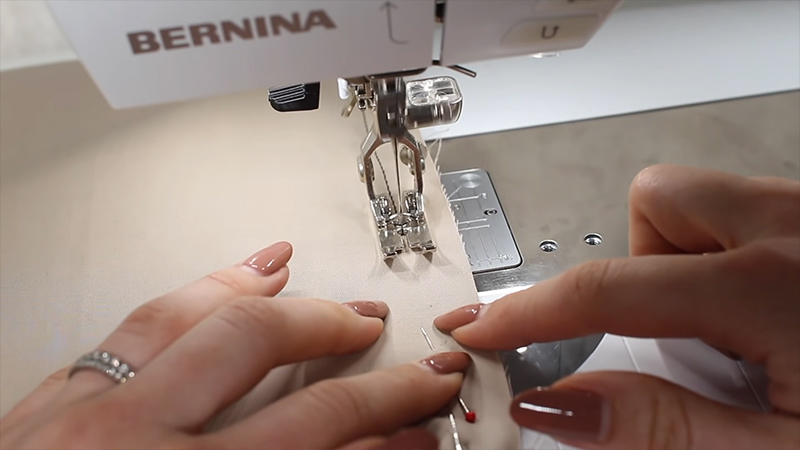
Is Sewing an Expensive Hobby? Some Key Feature
The cost of sewing as a hobby can vary widely based on individual preferences, choices, and the specific aspects of the craft one engages in.
Here are some key considerations:
Sewing Machine Costs
The affordability of sewing largely depends on the type of sewing machine chosen. Entry-level machines for beginners can be quite affordable, ranging from $100 to $300. However, more advanced or specialized machines may come with a higher price tag.
Materials Expenses
The cost of fabrics, patterns, and notions can vary widely. Basic fabrics and patterns are generally budget-friendly, especially when purchased during sales.
On the other hand, choosing designer fabrics or commercial patterns can elevate the overall cost of your sewing projects.
DIY Savings
One of the appealing aspects of sewing is the potential for significant savings through do-it-yourself (DIY) projects. Creating your own clothes, accessories, or home decor items can often be more cost-effective than buying similar items from retail stores.
Learning Investment
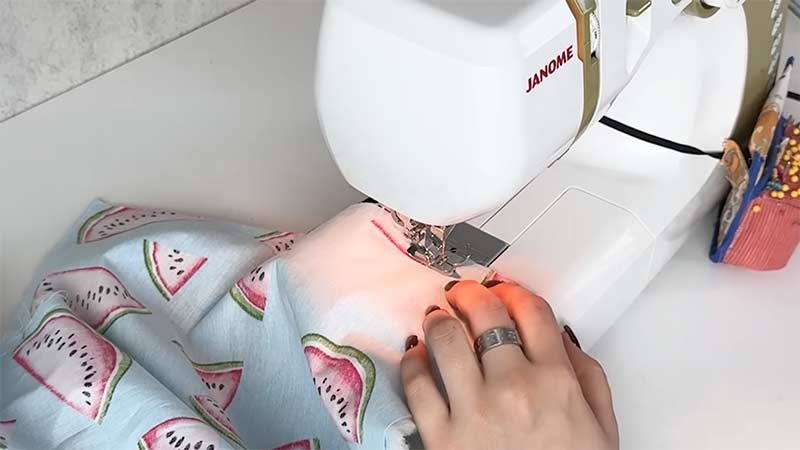
Learning to sew doesn’t have to be an expensive endeavour. Free online resources, tutorials, and community support provide accessible avenues for skill development without the need for costly classes.
While there are paid classes available, budget-friendly alternatives are abundant.
Maintenance and Repairs
Basic maintenance of a sewing machine is crucial for its longevity. Routine care, including cleaning and oiling, is generally low-cost. However, professional repairs, if needed, can add to the overall expense of maintaining the equipment.
Cost-Saving Strategies
Adopting cost-saving strategies, such as strategic fabric shopping, utilizing free patterns, and participating in community swaps, can significantly mitigate the overall expense of the hobby.
Quality Tools
While basic sewing tools are usually affordable, investing in higher-quality tools may incur a higher upfront cost. Nevertheless, durable tools often prove more cost-effective in the long run due to their longevity and performance.
Community Engagement
Participating in sewing communities not only adds a social dimension to the hobby but also provides opportunities for resource sharing, swaps, and valuable tips on budget-friendly sewing practices.
Tips and Tricks to Save Money While Sewing
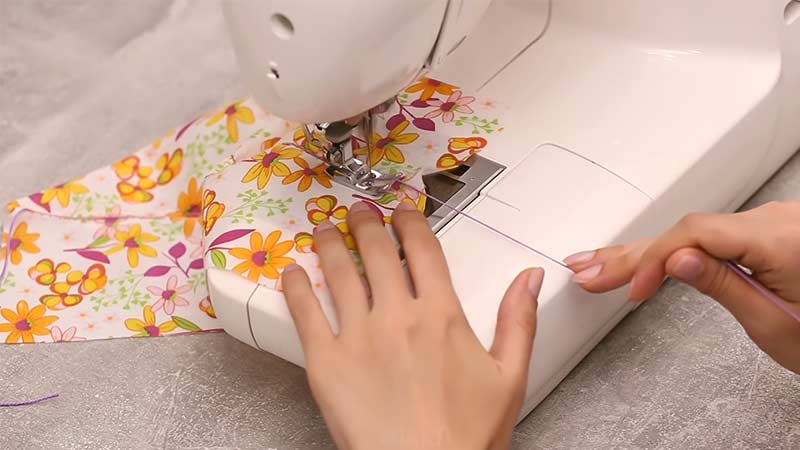
Sewing is a fulfilling and creative hobby, but it doesn’t have to break the bank. With a few savvy strategies, you can enjoy the art of sewing while saving money.
Here are some practical tips and tricks to help you stay budget-friendly while pursuing your sewing projects:
Smart Fabric Shopping
Take advantage of sales, discounts, and clearance sections in fabric stores. Hunt for remnants and end-of-bolt pieces, which are often offered at a discounted price. This allows you to acquire high-quality fabrics without compromising your budget.
Utilize Free Patterns
Explore the vast array of free sewing patterns available online. Many websites provide patterns for a variety of projects, from clothing to accessories.
By opting for free patterns, you can experiment with different styles and techniques without spending money on commercial patterns.
Repurpose and Upcycle
Give new life to old garments or fabrics by embracing repurposing and upcycling. Thrift stores can be treasure troves for affordable materials, and transforming existing items into something new is both eco-friendly and cost-effective.
Buy Notions in Bulk
Basic sewing notions like thread, needles, and buttons can add up over time. Purchase these items in bulk during sales or from wholesale suppliers to reduce costs per unit. Having a well-stocked supply on hand also prevents last-minute purchases for each project.
DIY Home Decor
Extend your sewing skills to home decor projects. Sewing your own curtains, pillow covers, or tablecloths is a cost-effective alternative to purchasing retail items.
Personalizing your living space through DIY home decor not only saves money but adds a unique touch to your surroundings.
Invest in Quality Tools
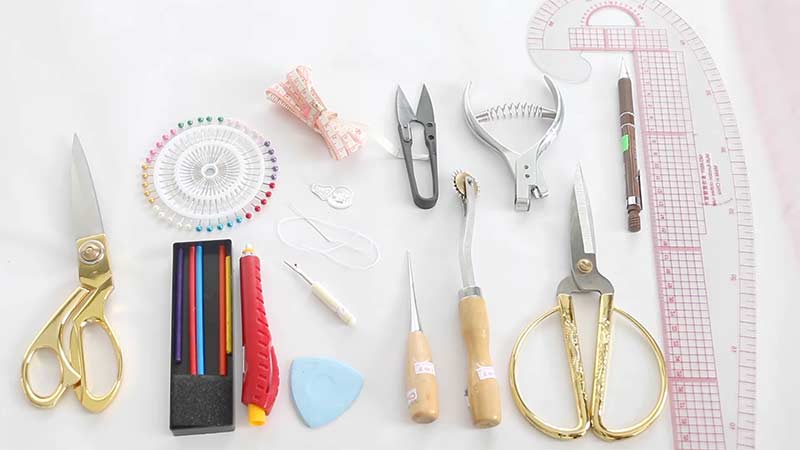
Consider investing in high-quality sewing tools. While the initial cost may be higher, durable tools like scissors, pins, and rulers can save you money in the long run by reducing the need for frequent replacements. Quality tools also contribute to more precise and enjoyable sewing experiences.
Participate in Swaps and Community Events
Engage with the sewing community to share resources and cut costs. Participate in fabric or pattern swaps within local groups or online communities. Community events and classes may offer affordable opportunities for learning and collaboration.
Building connections within the sewing community can open avenues for cost-effective sourcing and skill development.
Upcycle Old Patterns
Reuse and repurpose sewing patterns for different projects. This not only saves money on purchasing new patterns but also allows you to experiment with variations of familiar templates. Efficient pattern use is both cost-effective and environmentally conscious.
Take Advantage of Sales
Be strategic in your timing. Keep an eye on seasonal or holiday sales for fabrics, patterns, and sewing supplies. Planning your purchases around sales events can result in substantial discounts, helping you stay within your budget.
Learn Basic Maintenance
Understanding and performing basic sewing machine maintenance can save you from costly repairs. Regularly clean and oil your machine, and learn to troubleshoot common issues.
Taking a proactive approach to machine care ensures its longevity and minimizes the need for professional repairs.
Can Sewing Be a Cost-Saving Hobby in the Long Run?
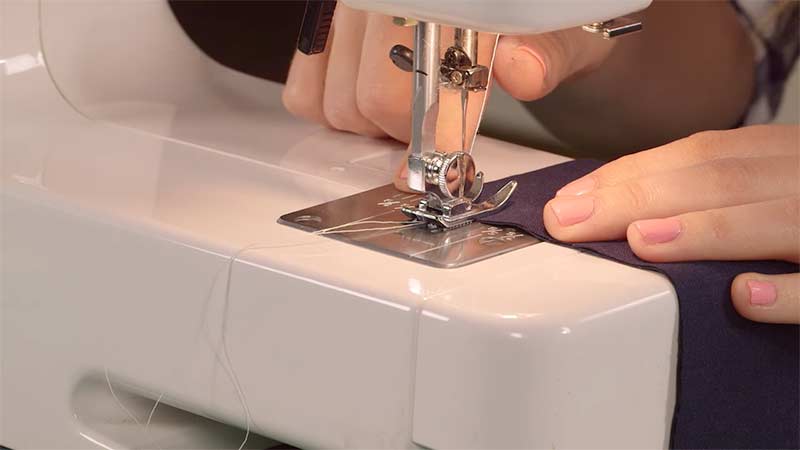
Yes, sewing can indeed be a cost-saving hobby in the long run. While there might be initial expenses for a sewing machine, fabrics, and tools, the ability to create one’s clothing, accessories, and home decor becomes a significant cost-saving advantage over time.
By investing in quality tools, utilizing budget-friendly materials, and adopting savvy sewing practices, enthusiasts can minimize ongoing expenses. DIY projects and the use of free patterns further contribute to long-term savings.
Additionally, the sustainable approach of upcycling and repurposing materials not only reduces costs but also aligns with eco-friendly practices, making sewing a rewarding and economically prudent hobby over the years.
FAQs
Is making your own clothes more cost-effective than buying retail?
Yes, sewing your own clothes can be more economical, especially with affordable fabrics and patterns.
Are secondhand sewing machines a good investment?
Yes, secondhand sewing machines can be an excellent and cost-effective option. Ensure they are well-maintained and functioning properly before making a purchase.
Can I repurpose old sewing patterns?
Absolutely! Repurposing and reusing old sewing patterns for different projects is a great way to save money and get creative with variations.
How do I extend the life of my sewing tools?
Regular cleaning, proper storage, and routine maintenance, such as sharpening scissors and oiling machines, can significantly extend the lifespan of your sewing tools.
Can I make cost-effective DIY sewing storage solutions?
Certainly! Creating your own storage solutions using repurposed materials or affordable organizers is a budget-friendly way to keep your sewing space organized.
To Recap
The affordability of sewing as a hobby is a nuanced interplay of choices and strategies. While the initial investment in a sewing machine and materials can vary, there are numerous ways to make this craft accessible to a range of budgets.
By embracing smart fabric shopping, utilizing free patterns, and participating in community swaps, individuals can significantly reduce costs.
Moreover, the do-it-yourself ethos of sewing not only offers creative fulfilment but also presents a sustainable and cost-effective alternative to retail purchases.
Ultimately, whether sewing is deemed expensive hinges on individual preferences and the mindful application of tips and tricks, ensuring that this craft remains an enriching and financially viable pursuit for enthusiasts.
Leave a Reply